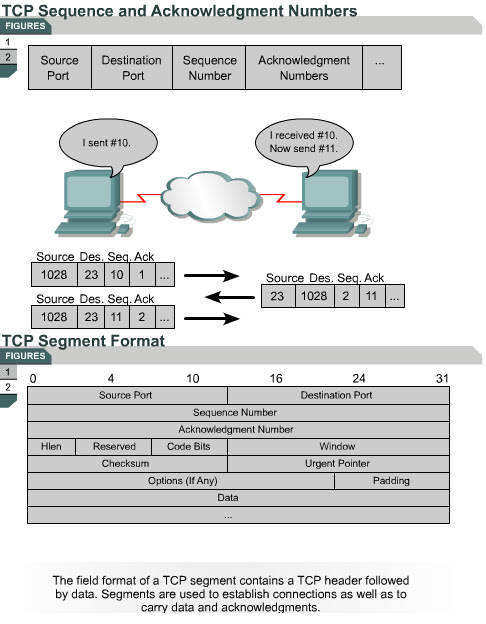Summary
The show ip route command is used to gather detailed information about the routes installed on the router. It displays the contents of the IP routing table. New routes may be added with static routing, which allows an administrator to manually define routes, or with dynamic routing, which uses the rules defined by a routing protocol to exchange information and determine the best path.
Default routes are used when the router is unable to match a destination network with a more specific entry in the routing table. The router uses this default route to reach the gateway of last resort in an effort to forward the packet.
The path determination function occurs at the network layer of the OSI model. It enables a router to evaluate the available paths to a destination and to establish the preferred handling of a packet. This information is configured manually or collected dynamically. The administrative distance of the route is used by the router to decide what the best path is to a particular destination. The administrative distance is a number that measures the trustworthiness of the source of the route information. Lower administrative distances indicate more trustworthy sources.
To determine the best route to a destination, routing protocols use a value that measures the desirability of a route called a metric. The metric is usually determined by factors such as hop count, bandwidth, delay, load, reliability, and cost. Typically, the smaller the metric number, the better the path.
Troubleshooting should be an orderly process based on the networking standards set in place by an administrator. Documentation is an important part of the troubleshooting process. Indicator lights are a useful tool for troubleshooting at Layer 1. At Layer 3, ping is used to test network connectivity. Telnet connections are used to verify the application layer software between a source and a destination.
The show interfaces command shows the status of two important portions of the interfaces. They are the physical or hardware portion and logical or software portion. These can be related to the Layer 1 and the Layer 2 functions. If the interface is up and the line protocol is down, a Layer 2 problem exists. If the physical layer is properly functioning, then all other directly connected Cisco devices should be displayed. If no known device appears, a Layer 1 problem likely exists.
To debug connectivity issues, the show cdp neighbors command is used to display information about directly connected neighbors. Use the traceroute command to trace the routes that packets take to destinations. This command can be used to test the network layer at each hop and provide performance benchmarks.
To verify the routing protocol configuration, use the show ip protocols and show ip route commands. These commands display information about routing protocols and the routing table. To determine the type of cable connected without inspecting the cables, use the show controllers command.
The debug command is used to display dynamic data and events. Since the show commands only display static information, they provide a historical picture of the router operation. The debug command output gives more insight to the current events of the router.






